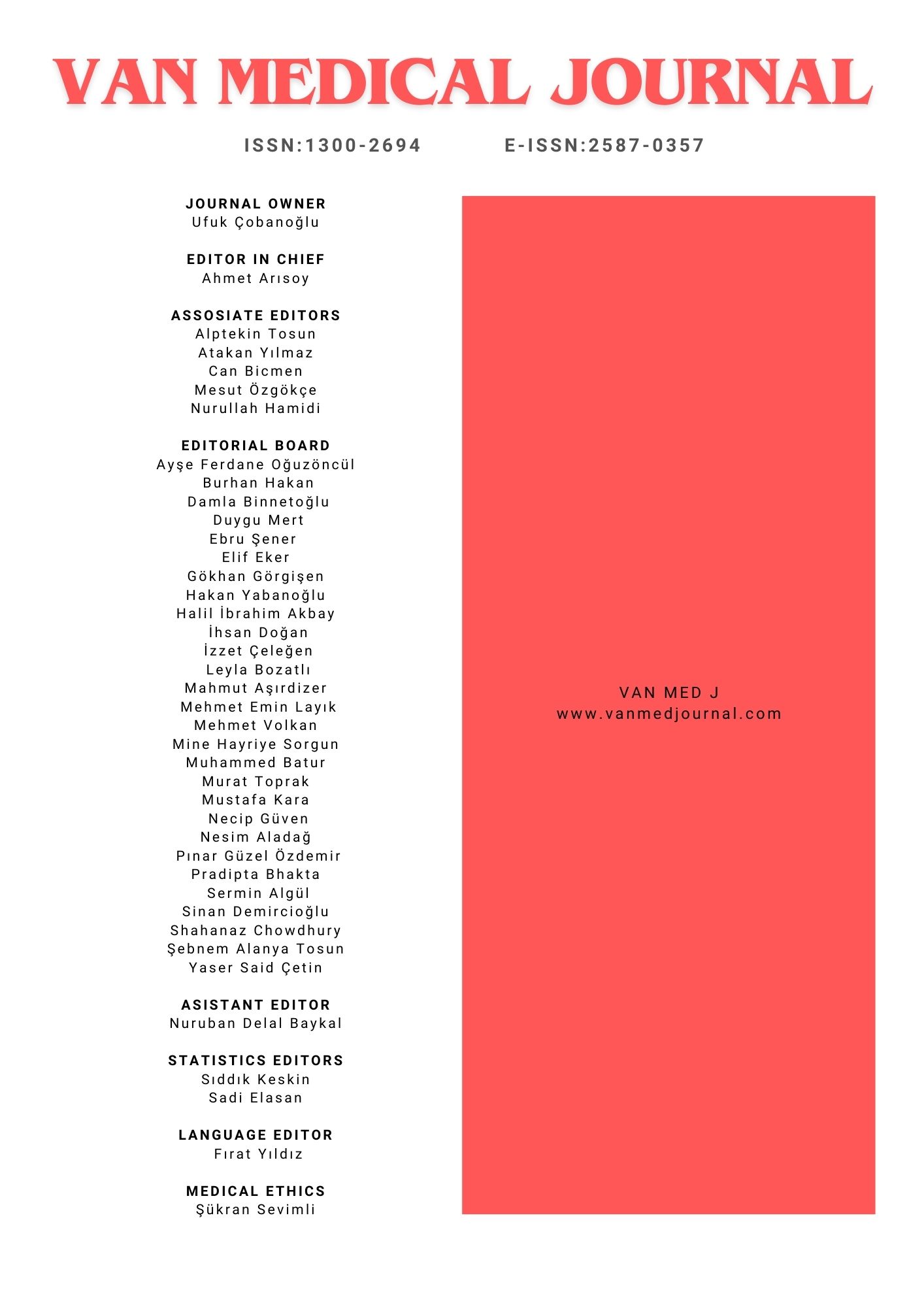Examining the Angiogenic and Antioxidant Effects of Various Paracetamol Dosages Using a Chorioallantoic Membrane Model
Hasan Basri SAVAS1, Tuba Batur21Mardin Artuklu University, Medical Faculty, Department of Medical Biochemistry, Mardin, Turkey2Mardin Training and Research Hospital Department of Medical Biochemistry, Mardin, Turkey
INTRODUCTION: Paracetamol is one of the most popular and frequently used analgesic and antipyretic medications in the world. It was aimed at investigating the effects of paracetamol on angiogenesis and oxidative stress markers in the in vivo chorioallantoic membrane model (CAM).
METHODS: METHODS: The 40 fertilized chick eggs were used in the experiment. The four groups were the control group (n = 10), 10-6 M bevacizumab group (n = 10), 10-4 M paracetamol group (n = 10) and 10-5 M paracetamol group (n = 10). Stereoscopic microscopy was used to assess angiogenesis on the window that was opened on the eggshell. Total oxidant capacity (TOS), total antioxidant capacity (TAS), and oxidative stress index (OSI) were analyzed in albumen specimens. The scoring methodology described in earlier research publications was used to determine and compare the average score values. One-way analysis of variance and the post hoc Tukey test were performed to assess oxidative stress markers between the groups.
RESULTS: The bevacizumab group demonstrated a strong anti-angiogenic effect, but the control group and both paracetamol groups showed no anti-angiogenic effect. Paracetamol increased TAC values at a 10-4 M concentration (p = 0.04). The bevacizumab group's T0C and OSI values were significantly higher compared to the control group (p<0.05).
DISCUSSION AND CONCLUSION: Paracetamol is used by a lot of people; healthy blood vessel growth and the balance between oxidants and antioxidants are important. The important result of this study is that paracetamol has strong antioxidant effects and no anti-angiogenic effects.
Keywords: paracetamol, chorioallantoic membrane, angiogenesis, oxidative stress markers
Manuscript Language: English

